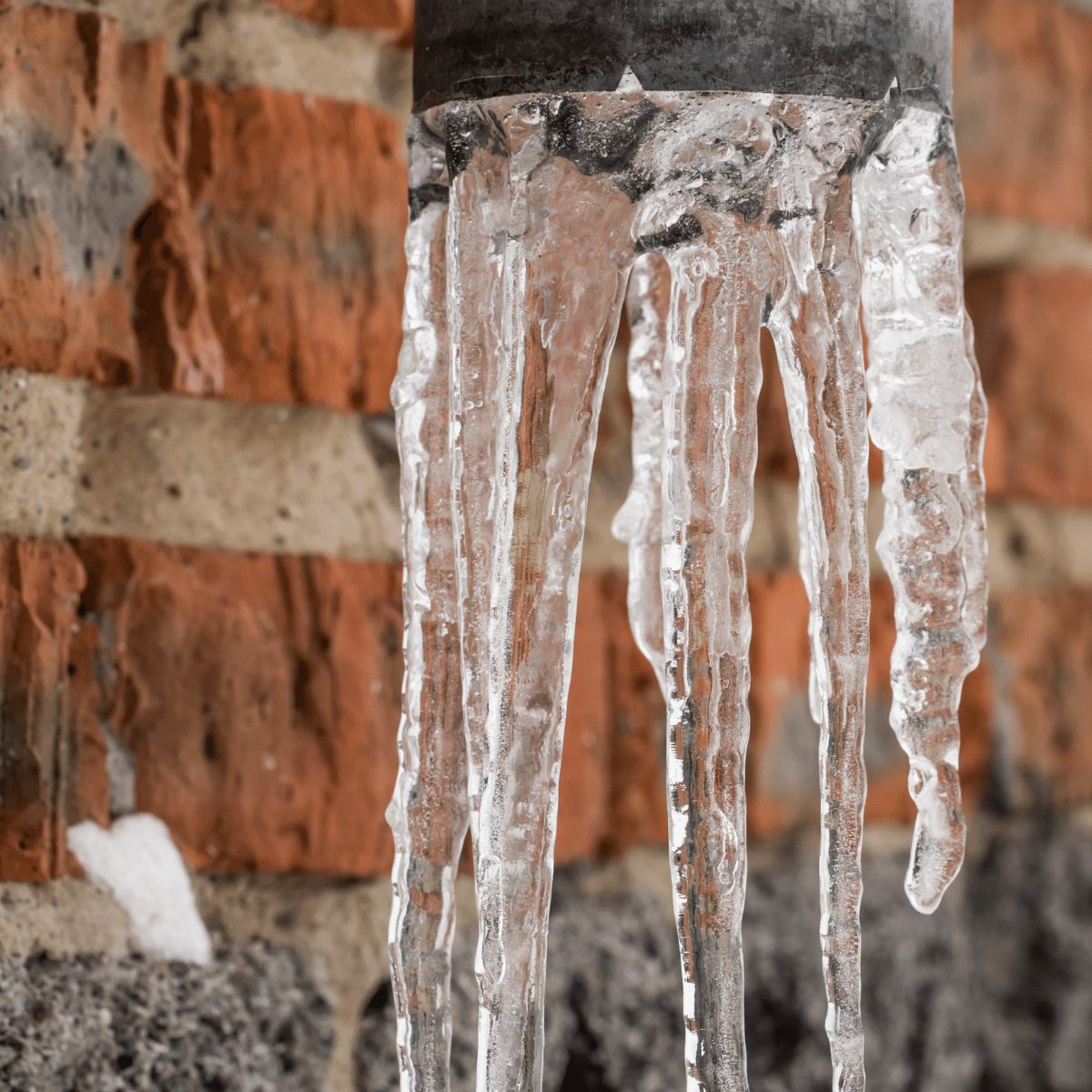They are making a few good pointers related to Preventing and dealing with frozen pipes as a whole in this article down below.

Winter can ruin your pipes, especially by freezing pipelines. Here's how to stop it from occurring and what to do if it does.
Introduction
As temperature levels decrease, the risk of icy pipes boosts, potentially bring about expensive repair services and water damage. Comprehending how to avoid icy pipes is critical for property owners in cool climates.
Recognizing Frozen Pipes
What triggers pipelines to freeze?
Pipes ice up when revealed to temperatures below 32 ° F (0 ° C) for expanded periods. As water inside the pipes freezes, it increases, taxing the pipe walls and potentially causing them to rupture.
Dangers and problems
Icy pipelines can lead to water supply disruptions, home damage, and expensive repair work. Ruptured pipes can flood homes and trigger extensive structural damages.
Indicators of Frozen Piping
Identifying frozen pipelines early can stop them from bursting.
How to identify icy pipelines
Search for lowered water flow from faucets, unusual smells or sounds from pipelines, and noticeable frost on exposed pipelines.
Avoidance Tips
Protecting susceptible pipes
Cover pipelines in insulation sleeves or use warm tape to safeguard them from freezing temperature levels. Concentrate on pipes in unheated or external areas of the home.
Heating methods
Keep interior rooms effectively heated up, specifically areas with pipes. Open cupboard doors to enable cozy air to circulate around pipelines under sinks.
Shielding Outside Plumbing
Yard pipes and outside faucets
Detach and drain garden hoses before winter. Install frost-proof faucets or cover outdoor taps with insulated caps.
What to Do If Your Pipelines Freeze
Immediate activities to take
If you suspect frozen pipelines, maintain faucets available to soothe stress as the ice melts. Make use of a hairdryer or towels taken in warm water to thaw pipelines slowly.
Long-Term Solutions
Structural adjustments
Think about rerouting pipelines away from exterior walls or unheated areas. Include added insulation to attics, cellars, and crawl spaces.
Updating insulation
Invest in high-quality insulation for pipelines, attics, and wall surfaces. Appropriate insulation aids maintain regular temperatures and decreases the risk of frozen pipes.
Final thought
Preventing frozen pipes needs aggressive actions and quick responses. By comprehending the causes, indications, and preventive measures, property owners can safeguard their plumbing during cold weather.
6 Proven Ways to Prevent Frozen Pipes and Protect Your Home
Disconnect and Drain Garden Hoses
Before winter arrives, start by disconnecting your garden hoses and draining any remaining water. Close the shut-off valves that supply outdoor hose bibs and leave the outdoor faucet open to allow any residual water to drain. For extra protection, consider using faucet covers throughout the colder months. It’s also important to drain water from any sprinkler supply lines following the manufacturer’s directions.
Insulate Exposed Pipes
Insulating your pipes is an effective way to prevent freezing. Pipe insulation is readily available at home improvement stores and is relatively inexpensive. Pay close attention to pipes in unheated areas such as the attic, basement, crawl spaces, or garage. Apply foam insulation generously to create a buffer against the cold. You can also wrap your pipes in heat tape or thermostat-controlled heat cables for added warmth.
Seal Air Leaks
Inspect your home for any cracks or openings that could let in cold air. Seal any holes around the piping in interior or exterior walls, as well as the sill plates where your home rests on its foundation. Additionally, make sure to keep your garage door closed unless you’re entering or exiting. Leaving it open creates a significant air leak that can lead to frozen pipes.
Allow Warm Air Circulation
During cold snaps, it’s essential to allow warm air to circulate evenly throughout your home. Leave interior doors ajar to promote better airflow. Open kitchen and bathroom cabinets to help distribute heat consistently around the rooms. If you have small children or pets, be sure to remove any household chemicals or potentially harmful cleaners from open cabinets for safety.
Let Faucets Drip
A small trickle of water can make a big difference in preventing ice formation inside your pipes. When temperatures drop significantly, start a drip of water from all faucets served by exposed pipes. This continuous flow helps prevent the water from freezing. Additionally, running a few faucets slightly can relieve pressure inside the pipes, reducing the chances of a rupture if the water inside does freeze.
https://choateshvac.com/6-proven-ways-to-prevent-frozen-pipes-and-protect-your-home/

We had been introduced to that report about How to Prevent Your Pipes From Freezing through someone on a different site. Do you know about somebody else who is curious about the niche? Feel free to share it. Thanks so much for taking the time to read it.
Call Us Now